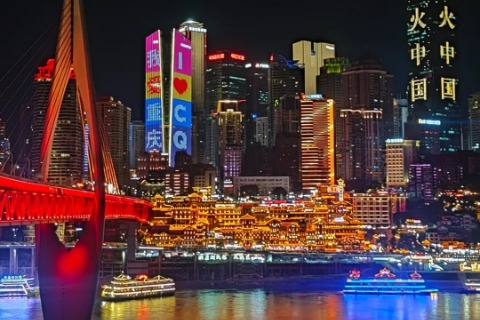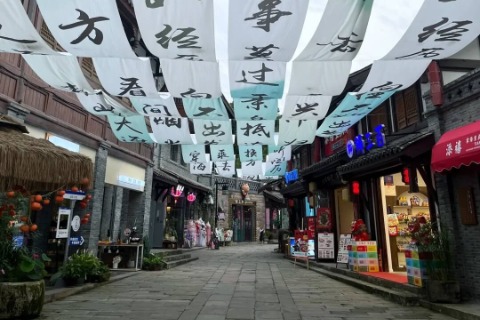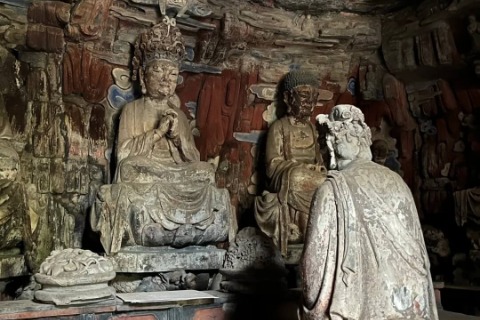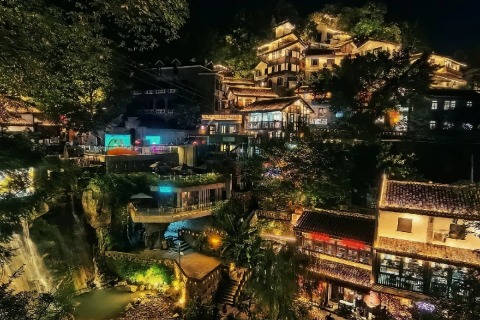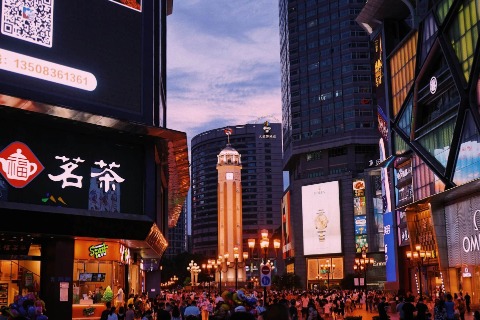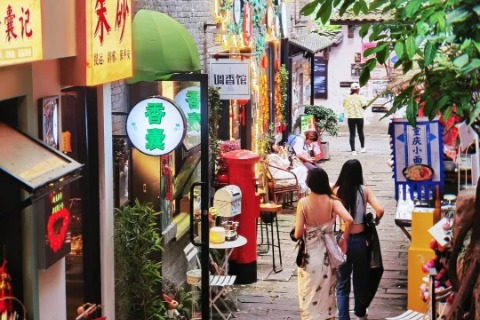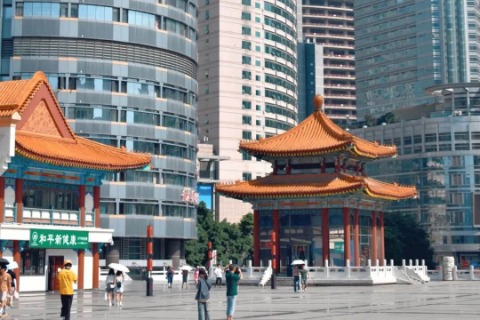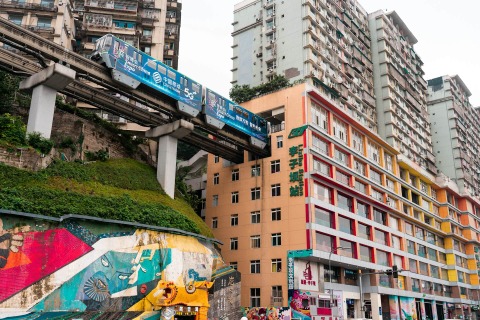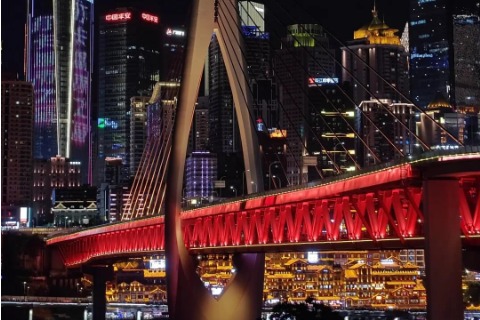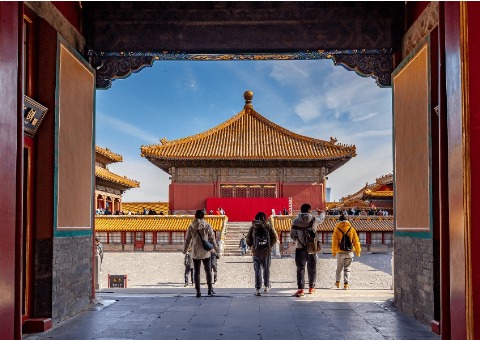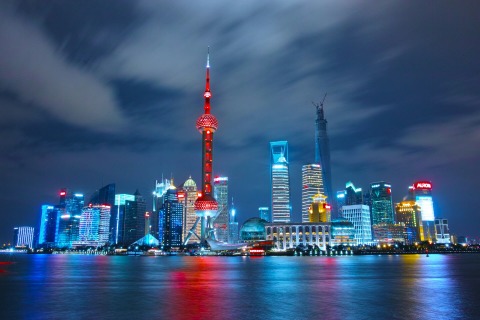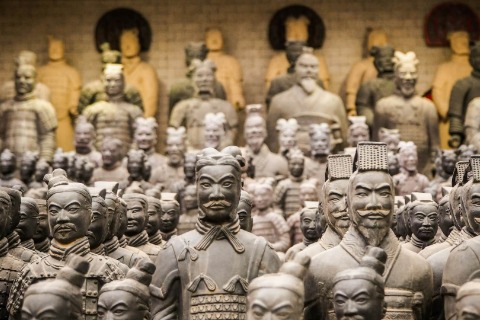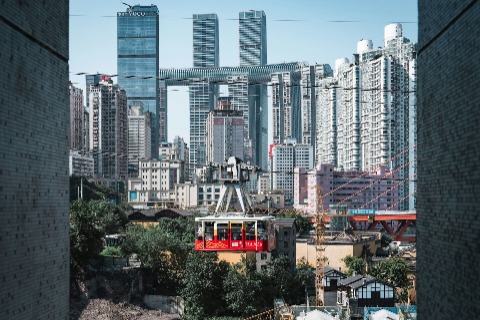Wenshu Monastery
The best-preserved Buddhist temple in the Cheng Du.
Wenshu Monastery (文殊 院) in Chengdu is the best-preserved Buddhist temple in the city. It is one of the four major Zen monasteries along the Yangtze River, alongside Yulin Temple, Qixia Temple, and Guoqing Temple. Established between 605 and 617 AD, it was originally named Xinxiang Temple. It was rebuilt in 1697 during the Qing Dynasty and renamed Wenshu Monastery (文殊院), reflecting reverence for Manjushri Bodhisattva.
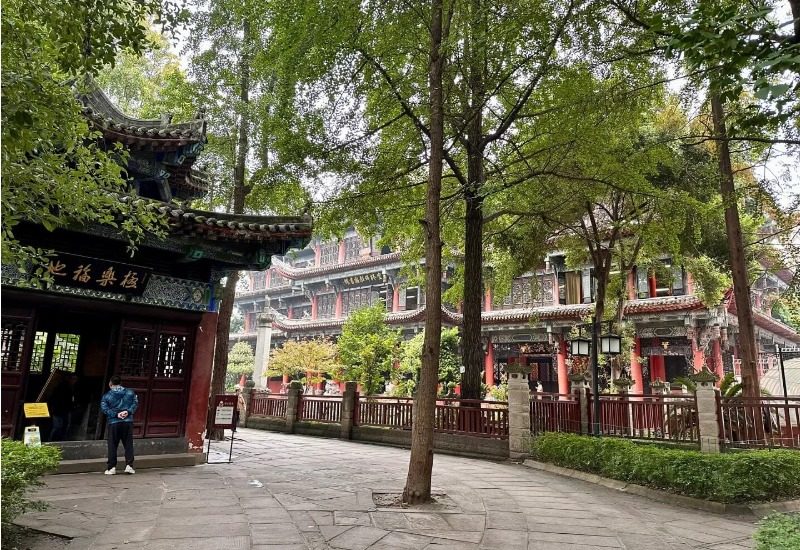
Wenshu Monastery Chengdu is not only a pilgrimage site for Buddhist devotees but also an important window for visitors to learn about Chengdu’s history and culture. The monastery combines elements of Zen sanctity, classical garden architecture, pilgrimage, and religious study, attracting numerous tourists and worshippers. Additionally, it houses many precious relics, such as the remains of the Buddha and the remains of the monk Xuanzang, further enhancing its cultural significance.
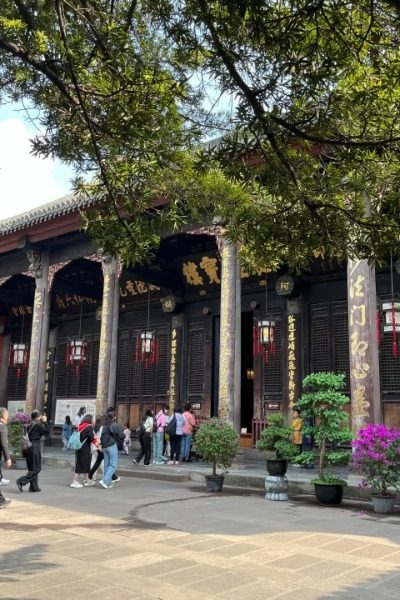
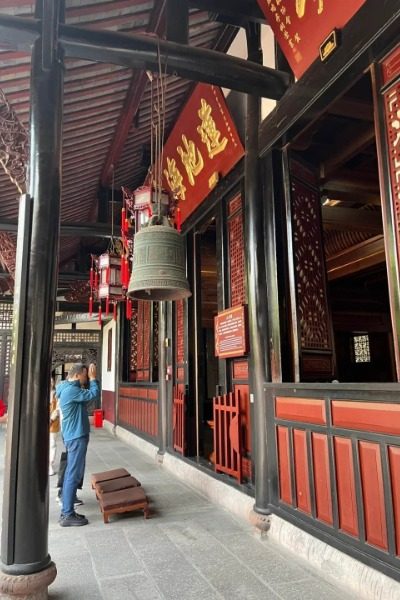
During the Tang Dynasty, Wenshu Monastery featured two main architectural styles: one modeled after Indian temple designs and the other reflecting traditional Chinese architecture. These styles make Wenshu Yuan Monastery a valuable heritage of ancient Chinese architectural art. The Indian-influenced style is evident in the halls, pagodas, and bell-tower structures, while the traditional Chinese style is seen in the monks’ quarters, tea rooms, and scripture storage halls. Characterized by simple shapes, smooth lines, and exquisite carvings, the most representative building is the scripture storage hall, which contains a large collection of Buddhist scriptures and artifacts, marking it as an important part of Buddhist cultural heritage.
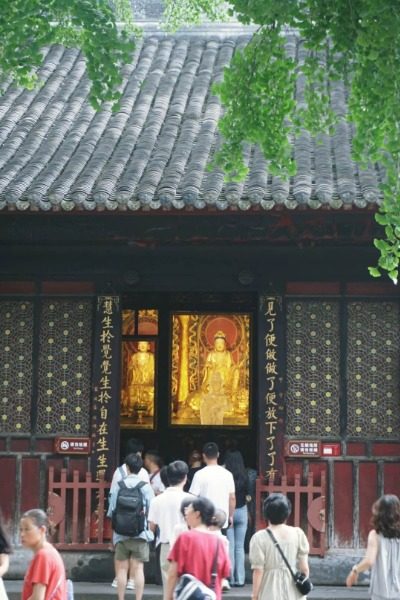
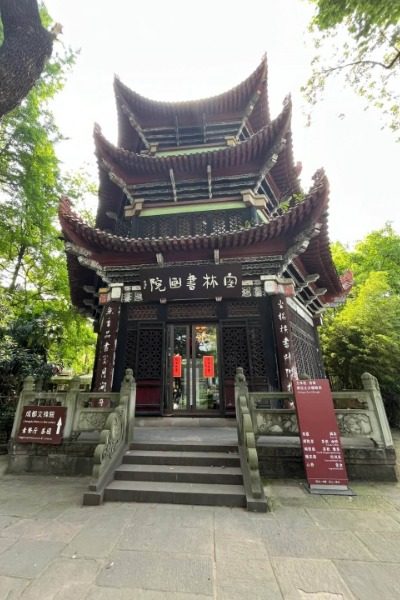
Q&A About the Wenshu Monastery
1. Who is Manjushri Bodhisattva?
Manjushri Bodhisattva is one of the four great bodhisattvas in Chinese Buddhism, symbolizing wisdom and teaching. According to legend, he spoke at birth, demonstrating his extraordinary nature. He has a deep teacher-student relationship with Shakyamuni Buddha and served as his invaluable assistant, accompanying him throughout the Buddha’s forty-five years of teaching. Manjushri holds a significant place in Buddhism and is regarded as the wisest among all bodhisattvas. The name “Wenshu” in Wenshu Monastery refers to Manjushri Bodhisattva.
Hours and Fees
Hours
- Daily from 8:00 AM to 5:00 PM, open year-round.
Admission
- No admission fee required.
How to Get to the Wenshu Monastery
By Bus
- The main bus routes to Chengdu Wenshu Monastery include routes 1, 16, 298, 42, 55, 75, 98A, and G55.
By Subway
- The main subway lines to reach Chengdu Wenshu Monastery are Line 1 and Line 4.

